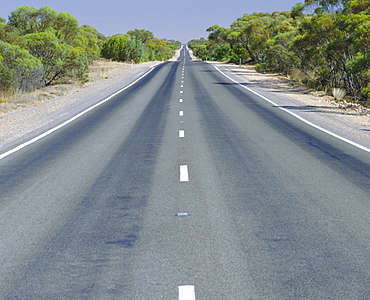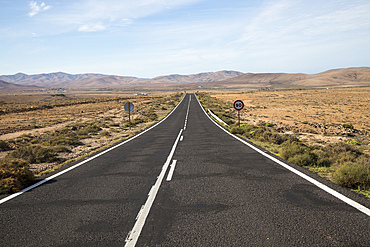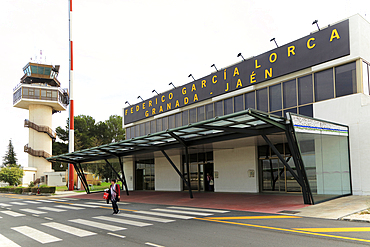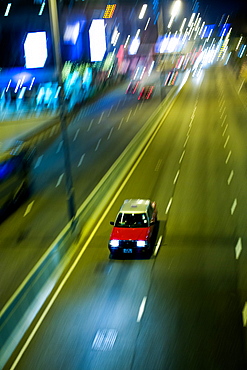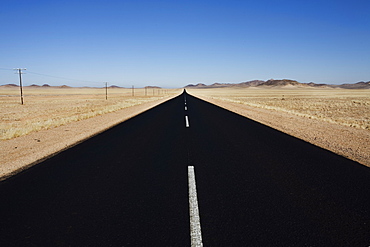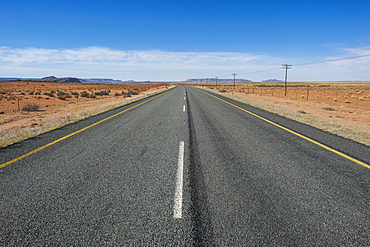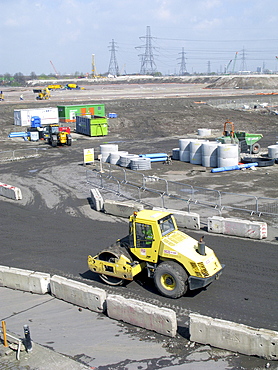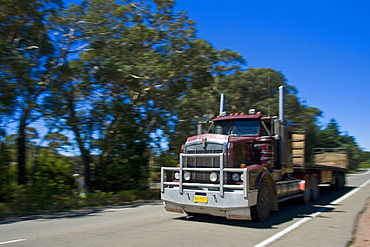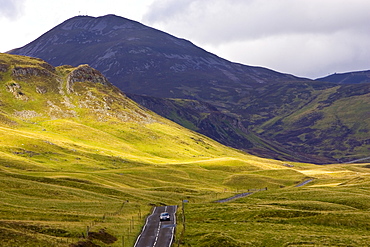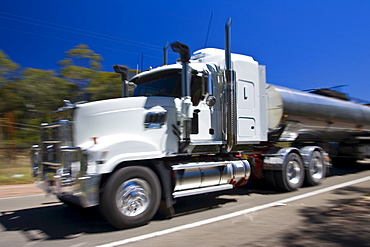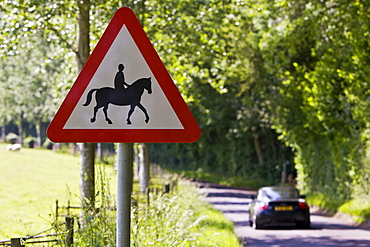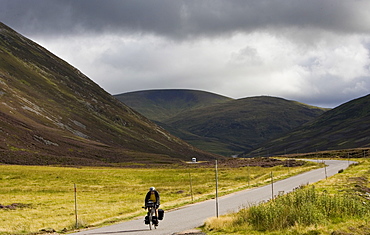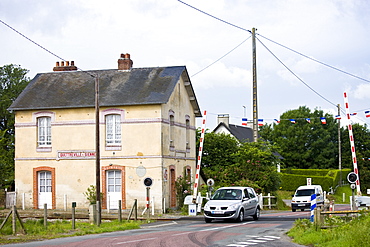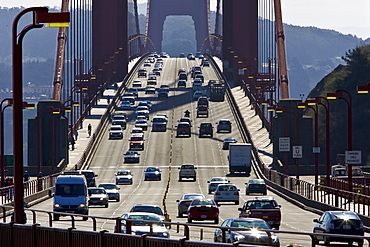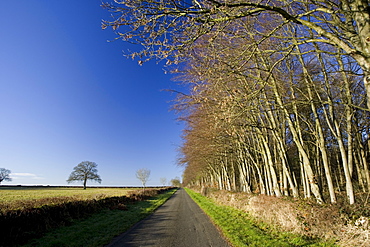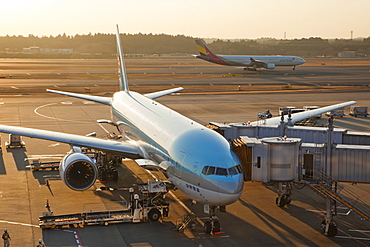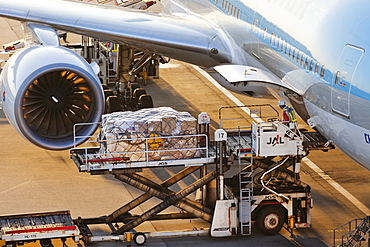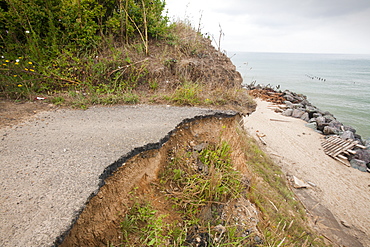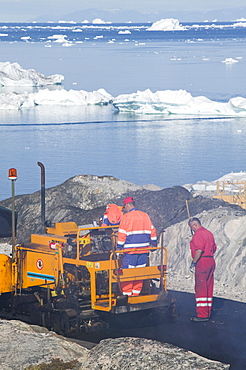Results
50 results found

Low light view along a street towards The Capitolio with street lights reflecting in the wet tarmac and wet car bodywork after rain, Havana Centro, Havana, Cuba, West Indies, Central America
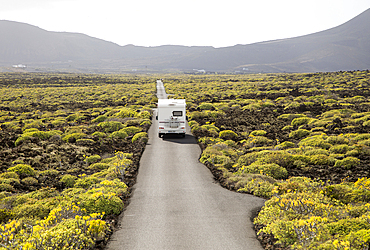
Motorhome on straight sealed tarmac road crossing lava flows, Malpais de Corona, Lanzarote, Canary Islands, Spain, Atlantic, Europe
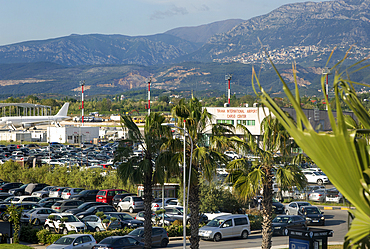
International Cargo Center, Tirana International Airport Nene Tereza (Mother Theresa Rinas Airport), Tirana, Albania, Europe

Female roads workers spreading hot tar to resurface roads after monsoon damage high in the hills of Arunachal Pradesh, India, Asia

Passengers viewing sunset at Charles de Gaulle airport departure lounge, Terminal 2F, Paris, France, Europe
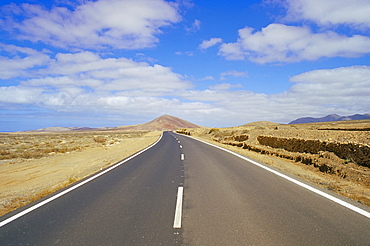
Road through volcanic landscape near Tiscamanita, Fuerteventura, Canary Islands, Spain, Atlantic, Europe
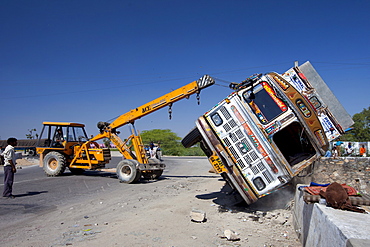
TATA Truck overturned in traffic accident lifted by ACE lifting gear on Delhi to Mumbai National Highway 8 at Jaipur, Rajasthan, India

Route 66 sign on empty Road, Historic Route 66 Highway, Seligman, Arizona, United States of America, North America

In mid January 2015, a three day period of excessive rain brought unprecedented floods to the small poor African country of Malawi. It displaced nearly quarter of a million people, devastated 64,000 hectares of land, and killed several hundred people. This shot shows a railway line that was washed away in Bangula.

In mid January 2015, a three day period of excessive rain brought unprecedented floods to the small poor African country of Malawi. It displaced nearly quarter of a million people, devastated 64,000 hectares of land, and killed several hundred people. This shot shows a drainage pipe that was washed away near Chikwawa.
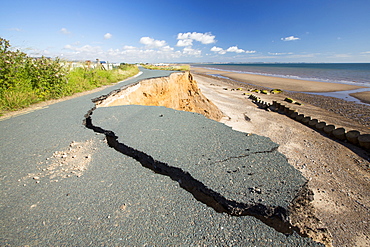
A collapsed coastal road at between Skipsea and Ulrome on Yorkshires East Coast, near Skipsea, UK. The coast is composed of soft boulder clays, very vulnerable to coastal erosion. This sectiion of coast has been eroding since Roman times, with many villages having disappeared into the sea, and is the fastest eroding coast in Europe. Climate change is speeding up the erosion, with sea level rise, increased stormy weather and increased heavy rainfall events, all palying their part.
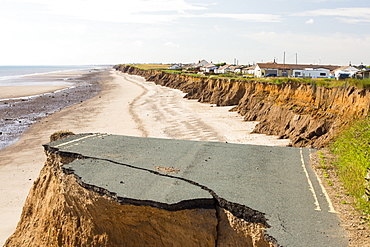
A collapsed coastal road at between Skipsea and Ulrome on Yorkshires East Coast, near Skipsea, UK. The coast is composed of soft boulder clays, very vulnerable to coastal erosion. This sectiion of coast has been eroding since Roman times, with many villages having disappeared into the sea, and is the fastest eroding coast in Europe. Climate change is speeding up the erosion, with sea level rise, increased stormy weather and increased heavy rainfall events, all palying their part.

A collapsed coastal road at Easingotn on Yorkshires East Coast, near Skipsea, UK. The coast is composed of soft boulder clays, very vulnerable to coastal erosion. This sectiion of coast has been eroding since Roman times, with many villages having disappeared into the sea, and is the fastest eroding coast in Europe. Climate change is speeding up the erosion, with sea level rise, increased stormy weather and increased heavy rainfall events, all palying their part.
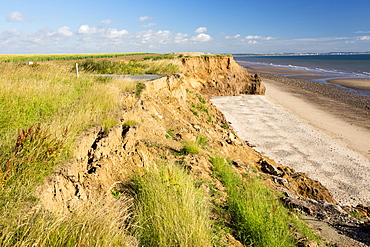
A collapsed coastal road at near Aldbrough on Yorkshires East Coast, near Skipsea, UK. The coast is composed of soft boulder clays, very vulnerable to coastal erosion. This sectiion of coast has been eroding since Roman times, with many villages having disappeared into the sea, and is the fastest eroding coast in Europe. Climate change is speeding up the erosion, with sea level rise, increased stormy weather and increased heavy rainfall events, all palying their part.

A collapsed coastal road at between Skipsea and Ulrome on Yorkshires East Coast, near Skipsea, UK. The coast is composed of soft boulder clays, very vulnerable to coastal erosion. This sectiion of coast has been eroding since Roman times, with many villages having disappeared into the sea, and is the fastest eroding coast in Europe. Climate change is speeding up the erosion, with sea level rise, increased stormy weather and increased heavy rainfall events, all palying their part.
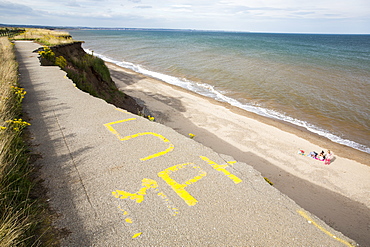
A collapsed coastal road at Barmston on Yorkshires East Coast, near Skipsea, UK. The coast is composed of soft boulder clays, very vulnerable to coastal erosion. This sectiion of coast has been eroding since Roman times, with many villages having disappeared into the sea, and is the fastest eroding coast in Europe. Climate change is speeding up the erosion, with sea level rise, increased stormy weather and increased heavy rainfall events, all palying their part.

Route 66 sign on empty Road, Historic Route 66 Highway, Seligman, Arizona, United States of America, North America

Route 66 sign on empty Road, Historic Route 66 Highway, Seligman, Arizona, United States of America, North America

Runoff from a torrential downpour on the streets of Kings Cross, London, England, United Kingdom, Europe

Runoff from a torrential downpour on the streets of Kings Cross, London, England, United Kingdom, Europe

Tarmac ripped up by the power of the flood water in November 2009, Cockermouth, Cumbria, England, United Kingdom, Europe

The old road revealed by drought in Loch Glascarnoch near Ullapool, Scotland, United Kingdom, Europe

Resurfacing work in Ambleside after floods and harsh winter weather caused serious erosion of the road surface, Cumbria, England, United Kingdom, Europe
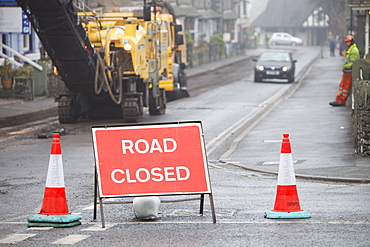
Resurfacing work in Ambleside after floods and harsh winter weather caused serious erosion of the road surface, Cumbria, England, United Kingdom, Europe
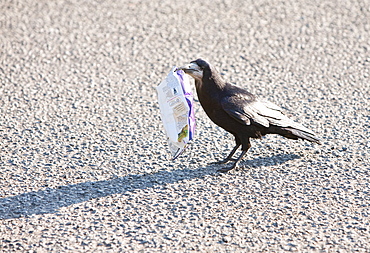
A Rook (Corvus frugilegus) feeding on a packet of crisps in a motorway service station car park, Scotland, United Kingdom, Europe
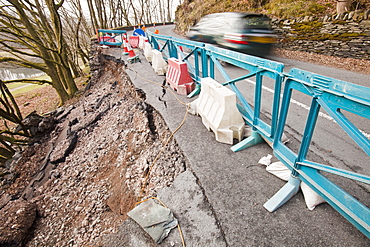
A large section of road collapsed betwwen Skelwyth and Elterwater in the Langdale Valley, Lake District, Cumbria, England, United Kingdom, Europe

An Air Greenland flight at Kangerlussuaq airport bringing freight and tourists to Greenland, Polar Regions

Gas main pipes revealed as the water ripped the tarmac off the road during the floods in November 2009, Cockermouth, Cumbria, England, United Kingdom, Europe

New houses in a housing estate on the outskirts of Stonehouse, south of Glasgow, Scotland, United Kingdom, Europe

An Air Greenland flight at Kangerlussuaq airport bringing freight and tourists to Greenland, Polar Regions

Resurfacing work in Ambleside after floods and harsh winter weather caused serious erosion of the road surface, Cumbria, England, United Kingdom, Europe
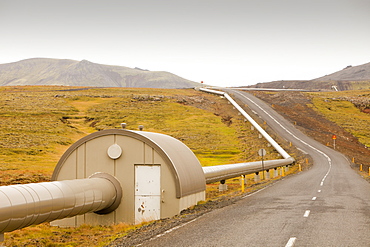
A pipeline taking geothermally heated hot water from Hellisheidi geothermal power station in Hengill, to Reykjavik, Iceland, Polar Regions

An Air Greenland flight at Kangerlussuaq airport bringing freight and tourists to Greenland, Polar Regions

Resurfacing work in Ambleside after floods and harsh winter weather caused serious erosion of the road surface, Cumbria, England, United Kingdom, Europe
